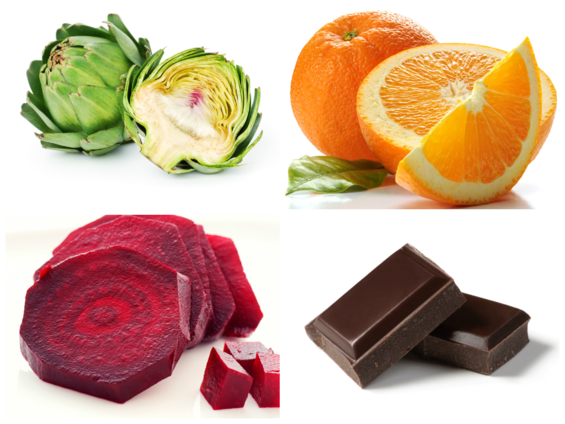The seder plate is the center of attention at Passover; it’s a physical link to the roots of Judaism and an opportunity for modern innovations. Seder plates often include symbols of feminism, respond to the sensibilities of vegetarians and vegans, and are customized in a great number of ways. The traditional symbols include both powerful meanings and irksome details (blood on doorposts, for example).
Old and new, all of the seder plate items represent aspects of freedom, equality and springtime renewal.
Most innovations are based upon the six traditional items and their meanings. JewishBoston.com’s Haggadah includes an explanation of each one, but here’s a quick summary:
- The roasted egg symbolizes rebirth and springtime. Just as we grew into a free nation through our exodus from Egypt, the egg symbolizes growth and new life.
- Parsley represents the spring season of the Passover holiday.
- Bitter herbs (usually horseradish) are a symbol of the bitterness of slavery.
- Lettuce, romaine or another bitter green takes on the symbolism of both the bitter herbs and the parsley, of slavery and renewal.
- Charoset is a mixture of chopped apples and nuts, much like the mortar of bricks, which we laid as slaves in Egypt. It is also sweet, like freedom.
- The shank bone is a symbol of the Passover lamb; our forefathers used its blood to mark their doorposts, and the angel of death passed over their homes in the Passover story.
New spins on these ancient symbols include many popular practices, and some that are unique to families and individuals. Here are a few ideas:
- Does the idea of animal sacrifice feel too foreign? Or are you or one of your seder guests vegetarian? There are a couple of different ideas for a shank-bone substitute:
- Steamed or roasted beets have a deep red color and serve as a vegetarian alternative.
- A check for a donation to a food-relief organization like Mazon can symbolize the sacrifice of personal wealth and the defense of the vulnerable, just like the Passover lamb symbolized in the Passover story.
- Maybe you or a guest is even vegan? You might want to think about a few stand-ins for that roasted egg:
- Plant seeds are a similar symbol; consider an avocado pit or a large nut, which has more heft than a small vegetable seed.
- Consider picking up your seder plate items from a farmers market or other local sources; the plate will have a connection with the Passover story and with your local community as well. Apples, eggs and meats are often available from local sources in the northeast during early spring.
Whatever your personal needs are, there are all kinds of ways to make a seder plate that works for you!
There are also many items you could add to supplement your seder plate, according to your own interests. Perhaps:
- An orange, which has come to symbolize GLBT and gender equality.
- Fair-trade chocolate, which can represent economic freedom, because most of the world’s chocolate production relies on underpaid or slave laborers, often children.
- An artichoke heart, symbolizing the inclusion of interfaith families.
- A tomato, representing solidarity with those suffering from slavery, underpaid labor and oppressive working conditions in American agriculture.
Maybe you’re interested in a new spin on the whole plate? There are a number of creative ideas, like the chocolate seder.
What symbolizes freedom and renewal in your life? Think about adding your own symbol, or ask the people you’re celebrating with what symbols might resonate with them.
Happy Passover!
The Religious Action Center of Reform Judaism has also expanded the conversation about what goes on the seder plate.
Check out this 2012 article from the Jewish Week that collected nearly a dozen new ideas for seder plate additions.
Want to source your seder plate items from local farmers of Greater Boston? This map is a great resource.



